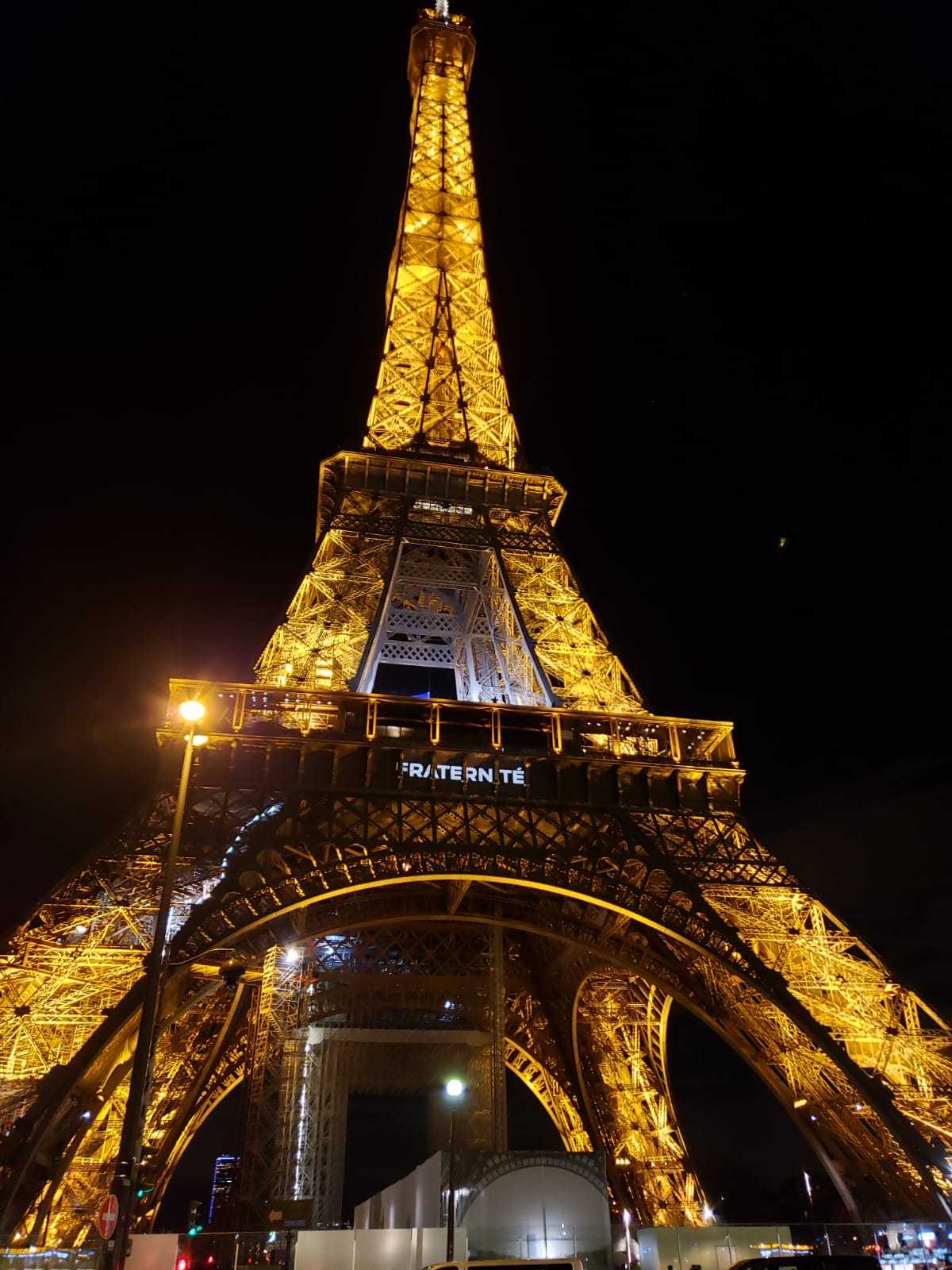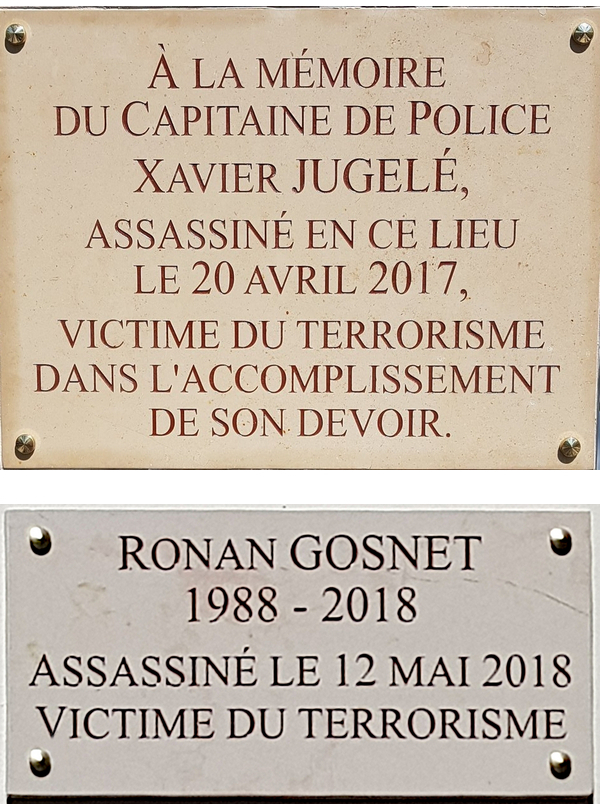
A Place of Tribute
Honoring victims means understanding why they have been the target of terrorist attacks and giving meaning to their experiences. That is the motivation behind the creation of a place that is at once a memorial and a museum.
The Museum and Memorial of Terrorism will pay tribute to the victims of terrorism in France as well as to French victims of terrorism abroad since 1974. That is the date of the first blind attack committed in France after the Algerian War: the Saint-Germain Drugstore Attack of September 15, 1974. And that is also the starting date for recipients of the National Medal of Recognition for Victims of Terrorism.
A Place of Healing
The Memorial and Museum and Terrorism is where the French National Day for Victims of Terrorism will be held every March 11th. It will therefore need to be able to accommodate large events of this kind. The site in Suresnes is an apt choice, offering a peaceful gathering space. Its natural grounds, with trees and water features, together with its arching outdoor runways, create a serene atmosphere that can temper the museum experiences conveying this violent history.
The various parts of the building create a cohesive whole, thanks to the conceptual design, aesthetics, and use of materials. The memorial and the museum will be two sides of the same coin, presenting a spatial and symbolic continuity. As a whole, the Museum and Memorial of Terrorism will be a place of remembrance.

Naming Victims
The primary role of a memorial is to identify attack victims. Inscribing victim names on a wall—or other medium—expresses the permanence of our commitment to the dead. To the extent possible, the future Museum and Memorial of Terrorism will have a duty to create an accurate and exhaustive list of deceased victims of terrorism from the past fifty years. This list will be created in cooperation with the family and friends of the deceased, and it will be reviewed by competent legal and administrative bodies.
The memorial will include a list of victims—on a wall, in a work of art, or in another form—that can be updated and changed. With the consent of victims’ families, the memorial could be a series of individual portraits, presenting a diversity of situations and individuals. Showing victims’ faces would offer a dimension that printed names could not. Portraits are featured in many memorials around the world, including the ones in New York and Oslo. It is a way of visualizing and personalizing every individual life destroyed in the collective tragedy.
A digital component featuring victim names, pictures, and biographies could be included, similar to what exists at the Historial de Gaulle, the Musée de l’Ordre de la Libération, the Mémorial du Mont-Valérien, and the Mémorial de la Shoah.
